I've been building internal marketing tools for years—competitive intel scrapers, workflow automation, creative generation systems—because I'm a weirdo who lives on the fault line between marketing and software development. It's genuinely satisfying work. If you think it sounds tedious or intimidating, Microsoft is now trying its very best to convince you otherwise.
This week, they launched App Builder and Workflows—two new agents within Copilot that enable anyone to build working applications and automate business processes using plain English.
No code. No developer. Just describe what you need, and Copilot builds it.
Want a dashboard tracking campaign milestones with task assignments and progress metrics? Tell App Builder. Need an automated workflow that posts deadline reminders in Teams every Monday and sends approval requests to your creative director? Tell Workflows. The apps get a real database backend (Microsoft Lists), proper security controls, and can pull from all your Microsoft 365 data—emails, documents, meetings, and SharePoint files.
And this isn't some toy demo. These are full-stack applications that you can share via link, iterate on through conversation, and scale up to Power Apps if they outgrow the simple interface. It is seriously impressive—just watch CEO Satya Nadella building a Career Tracker in App Builder in minutes:
Charles Lamanna, Microsoft's President of Business and Industry Copilot, told VentureBeat they're targeting 500 million builders. Half a billion people creating software. This isn't a specialized skill but a baseline competency, like using Excel.
The Real Shift Isn't the Tools—It's Recognizing the Puzzle
Here's what I've learned from building these systems: the satisfying part isn't the building itself. It's the moment when you look at some tedious recurring task and realize "wait, this is just a pattern." That shift in perception from "this is just how things are done" to "this is a solvable problem" is genuinely addictive once you start seeing it.
Every time you copy data from one system to another. Every time you manually update a status report. Every time you're compiling information that exists somewhere else in a slightly different format. These aren't just annoying tasks. They're puzzles that don't know they're puzzles yet.
Sure, no-code tools have existed for years. The Power Platform has been around since 2016. Zapier launched in 2011. What's different now is that Microsoft just removed the friction. You're not going to a separate platform or learning a new interface; you're already in Copilot asking it to summarize your emails. Now it can also build you a campaign tracker while you're there.
Let’s Play Lego
To build these apps—even the simple ones—you need to think in inputs, processes, and outputs. What data comes in? What transformation happens? What goes out? This is the Lego brick method we reference constantly in our Pro workshops: breaking operations into discrete, reusable components.
At first, this feels unnatural. You're used to thinking in campaigns and deliverables, not data flows and transformations. But here's what makes it interesting: once you start seeing your work this way, you notice inefficiencies everywhere. Not in an anxiety-inducing way—in a "oh, I could fix that" way.
The trickier part is defining what "good" looks like in objective terms. Your taste matters. Your intuition matters. But "this feels right" doesn't translate to systems. You need to articulate why something works: "it uses these brand colors, follows this tone framework, hits these messaging points, tests well with this audience segment." The more specific you can be, the more you can automate the evaluation. Which means you can scale the production.
This isn't about becoming a developer. You're not going to write code. But you do need to see patterns where you used to see chaos. And honestly? That's a more interesting way to work.
Instead of being the person who manually compiles the same report every week, you become the person who built the thing that does it automatically. The first version is drudgery. The second is a solved problem.
Microsoft putting these tools into Copilot isn't just a convenience feature. It's a signal about what baseline competency currently looks like. The same way "can use Excel" became table stakes for knowledge workers in the '90s, "can build basic apps to automate workflows" is becoming table stakes now, even in marketing.
The tools are stupidly easy. The mindset shift takes practice.
But if you're even slightly curious about solving problems this way, you'll probably find it more satisfying than you expect.
— Torsten & Peter
Field Note: Stop Producing Content. Start Building Content Capital.
We saw a client’s Notion board last month — forty briefs, five writers, and somehow the same story rewritten twelve times.
New quarter, same chaos. New prompts, same fatigue.
So we walked them through the Lego Brick Method — the system we built for our own content ops.
Instead of campaigns, you build bricks: proof points, statistics, analogies, and quotes — reusable pieces of meaning that remain valid for months.
You stop chasing new ideas and start compounding the ones that already work.
That’s how content stops being output and becomes infrastructure — a library that builds itself with every launch.
→ Inside Pro: The Lego Brick Method workshop + template to build your own atomic content library. Click here to upgrade.
Introducing the first AI-native CRM
Connect your email, and you’ll instantly get a CRM with enriched customer insights and a platform that grows with your business.
With AI at the core, Attio lets you:
Prospect and route leads with research agents
Get real-time insights during customer calls
Build powerful automations for your complex workflows
Join industry leaders like Granola, Taskrabbit, Flatfile and more.








